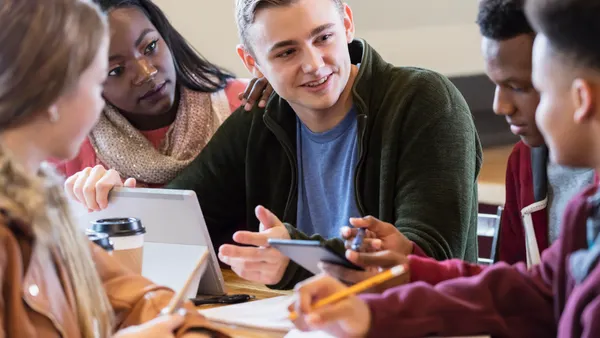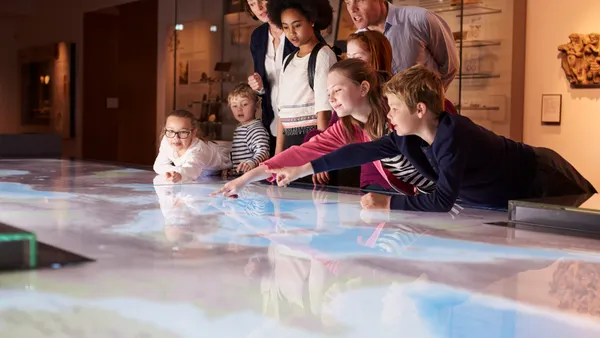By age 10, researchers say children believe stereotypes about boys and girls that they carry into adulthood. From viewing girls as vulnerable or boys as strong — these gender stereotypes are difficult to unlearn.
That’s one reason literacy groups advocate that schools to use stories to break this mold, a practice that can be taught as young as kindergarten. But finding these diverse narratives, particularly those where girls play the starring role, can require some sleuthing.
“Even female authors choose to write about male protagonists,” says Nancy Carr, a professional trainer with the Great Books Foundation, a nonprofit reading program founded in 1947. “But now we’re seeing more texts being produced, more stories being written, that feature girls and not the old model of where a story has to have a male protagonist.”
In 2017, Great Books introduced more stories for K-1 classrooms where the plot, and point, hinge on the action of a female character. Take Juanita Havill’s children’s book, “Jamaica’s Blue Marker” which follows a young African-American girl, whose encounter with a boy at school, forces her to stand up for herself.
“It’s a short, simple, dynamic story how can a girl do what is right, and also make a transformative difference in a relationship that has started as negative,” says Carr.
Carr joined the Great Books Foundation in 1999, with much of the past 10 years spent on bringing more diverse characters to the selections children read in schools. Four of the nine stories in Series K, for kindergarteners, feature “a strong female protagonist,” says Carr. In Series 1, for 1st grade, three of the nine stories have lead female characters, with two additional stories featuring strong female roles.
Helping children 'find themselves' in books
Putting diverse stories in the hands of kids early in their education is key, as gender “norms and beliefs have significant implications for both girls and boys,” according to a recent study published in the Journal of Adolescent Health.
Researchers spent four years, across five continents, studying the effect that gender stereotypes can have on girls and boys. They found for girls, the “consequences,” can include early pregnancy, as well as depression. Boys who are exposed to gender stereotyping, engage in more physical violence and are more likely to be impacted by substance abuse and suicide.
“Such differences are socially not biologically determined,” wrote the researchers.
While every school doesn’t use the Great Books program, a well-stocked school or classroom library can still help — another opportunity for children to discover characters who break from gender stereotypes as they’re beginning to form their own identities, notes Caroline Tung Richmond, program director of We Need Diverse Books (WNDB) a group focused on putting diverse stories into the hands of kids.
"Dr. Rudine Sims Bishop noted in an 1990 article that 'When children cannot find themselves reflected in the books they read, or when the images they see are distorted, negative, or laughable, they learn a powerful lesson about how they are devalued in the society of which they are a part,'” she says. “To help combat this, I'd look into diversifying classroom shelves and libraries. Find books that highlight gender diversity and non-traditional roles, and make them available for students."
But how do educators find these books? Richmond suggests OurStory, a free, searchable online database of stories that showcase diverse characters. Educators and parents can find titles, buy them, or bring the list to their school to see if these books are available in the library.
Identifying with a book’s main character, their experience and tale, can shape — and hopefully reshape — the way someone thinks about the roles girls and boys play in the world. For young children, these kinds of stories can help them question how they’ll write their own lifelong narratives too.
“Kids read and ask questions,” says Carr. “They learn through imaginative identification with characters. They learn through stories.”











